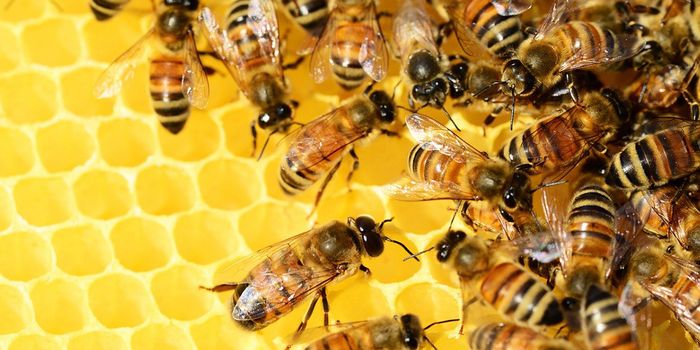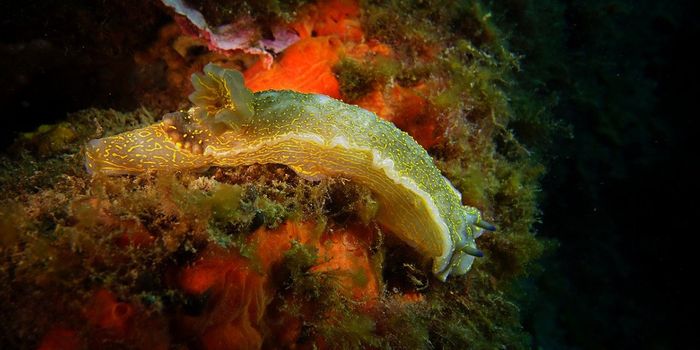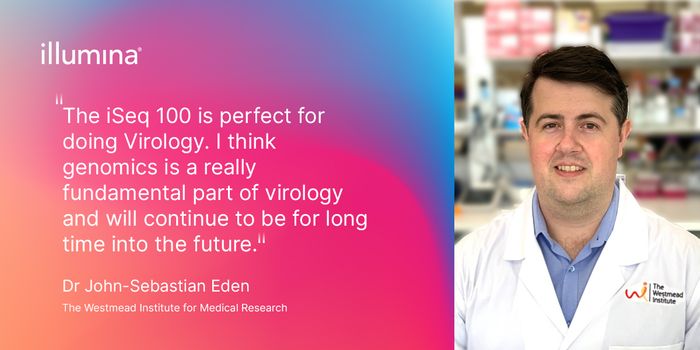In this lecture presented by the American Society for Microbiology, you can learn about how and why modifications to genomes happen in living organisms. It was thought that genomic changes primarily occurred because of errors. But cells are able to adapt; they can make alterations to meet demands brought on by their conditions.
Genetic material can be changed through horizontal gene transfer, in which organisms pick up pieces of DNA from the environment, incorporating these new functions into cells. The theory of symbiogenesis says that entire organisms can merge, an explanation of how cells gained a mitochondria. There are natural forms of genetic engineering too.
There are myriad ways that gene expression is regulated at the cellular level, many of which are ways that the genome is inscribed or formatted. This lecture outlines the many ways that genetic inscription acts to influence physiology, some of which are heritable and transmit to future generations. The lecturer, James Shapiro, PhD, of Department of Biochemistry and Molecular Biology, University of Chicago describes the many ways cells can modify what could be referred to as the "read-write genome."








